Features
Visit to Memorial center Josip Broz Tito – ”House of flowers”, which is the resting place of former Yugoslav president Josip Broz Tito and his wife. The Mausoleum is a greenhouse and represents a symbol of a time and ideology, which ruled in the region for almost 50 years. While visiting the House of Flowers you can see collections of Tito’s army uniforms and batons used to transfer birthday greetings from all parts of Yugoslavia.
Visit to Princess Ljubica’s Residence, with the curator of museum dressed in the costume of Princess Ljubica, as a hostess, greets visitors of her palace. Exhibit ”Interiors of Belgrade City Houses of the 19th Century” starting with the Oriental (Turkish), through the influence of Central (Biedermeier) and Western European (Neo-baroque, Neo-rococo, Napoleon III, Altdeutch) style. The architecture and placement of rooms represent an example of the Balkans style, with a number of western baroque elements.
Nikola Tesla museum – is a unique institution of science and culture in Serbia and in the world. It is the only museum in the world which preserves the original and personal inheritance of Nikola Tesla. Nikola Tesla, an American scientist of Serbian origin, gave his greatest contribution to science and technological progress of the world as the inventor of the rotating magnetic field and of the complete system of production and distribution of electrical energy based on the use of alternate currents.
Royal Palaces – was built between 1924 and 1929 with the private funds of His Majesty King Alexander I (the grandfather of HRH Crown Prince Alexander). The palace is made of white stone in the Serbian-Byzantine style. Today here are living prince Aleksandar Karađorđević II with his wife, Princess Katarina. Royal and White Palaces have valuable collections of paintings (Rembrandt, Poussin), sculptures, and decorative objects of great value. Royal Court houses the collection of King Aleksandar I and in the White Palace, designed in the neoclassical style, you can see objects mostly chosen by Prince regent Pavle Karađorđević. Remark: Applying is mandatory.
Ethnographic museum – The Ethnographic Museum houses a large number of ethnographic items, divided into separate exhibits (household items, jewelry, customs, national costumes, a national architecture, economy, stock farming, transportation, cultural artifacts), along with one of the best equipped professional libraries in the Balkans.
Military museum – Among the more interesting items are Turkish lances and the armor of a Turkish vizier from the battle of Kosovo, a collection of old weapons, war banners and uniforms (including the uniform of King Alexander Karađorđević, assassinated in 1934 in Marseilles), as well as a collection of medals of national heroes from World War II. An additional open-air attraction in the area surrounding the museum (the wall and most of the Fortress) are the exhibited cannons from the 18th and 19th century, armored weapons from the two world wars, antiaircraft and ship cannons, partisan boats…




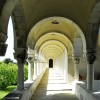
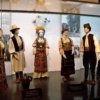
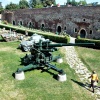










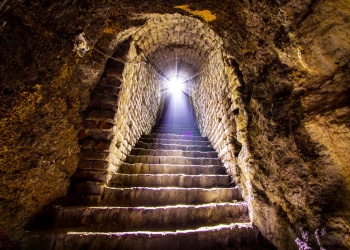
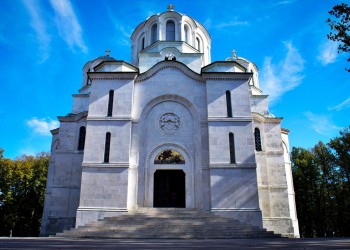

Reviews
There are no reviews yet.